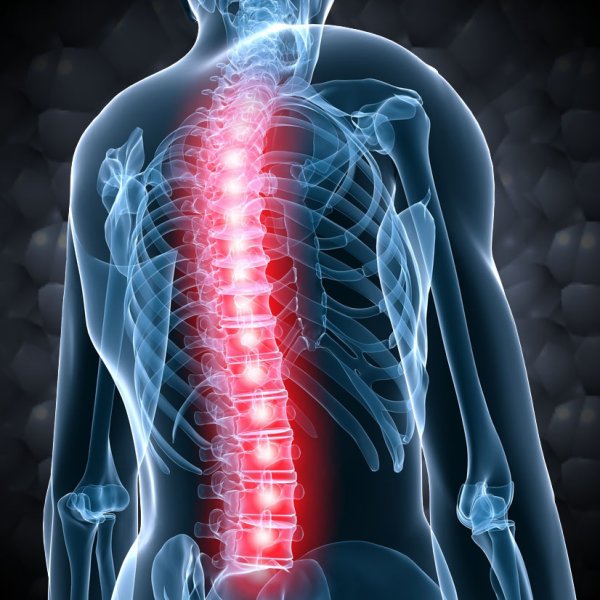
These conditions put pressure on your brain stem.

There are serious additional risks if you have a brain mass, tumor, or abscess. Lumbar puncture is extremely dangerous for people who have clotting problems such as a low platelet count, which is called thrombocytopenia. People who take blood thinners have a heightened risk of bleeding.
discomfort during and after the procedure. bleeding from the puncture site into the spinal fluid, which is called a traumatic tap. Primary risks associated with lumbar puncture include: This test requires a signed release that states you understand the risks of the procedure. This is an X-ray or CT scan of your brain and spine. For example, dye might be inserted into your CSF for a myelogram. This is done to release high fluid pressure.ĬSF collection is often combined with other procedures. A ventricular shunt or drain can collect CSF from a tube that your doctor places in your brain. During a cisternal puncture, your doctor inserts a needle into the back of your skull. During a ventricular puncture, your doctor drills a hole into your skull and inserts a needle directly into one of the ventricles of your brain. In these cases, a more invasive CSF collection method that requires hospitalization might be used, such as one of the following: Sometimes a person can’t have a lumbar puncture because of a back deformity, infection, or possible brain herniation. This reduces the risk of a headache, which is a common side effect of the procedure. You’ll be asked to remain lying down for about one hour. When fluid collection is complete, the needle is removed. Both high and low CSF pressure can be signs of certain conditions.įluid samples are then taken through the needle. A special type of X-ray called fluoroscopy is sometimes used to guide the needle.įirst, the pressure inside the skull is measured using a manometer. Once the site is fully numb, your doctor inserts a thin spinal needle between two vertebrae. This reduces the risk of infection.Ī numbing cream or spray is applied to your skin. A sterile area is maintained throughout the procedure. Once you’re in position, your back is cleaned with a sterile solution. Curving your spine makes a space between your bones in the lower back. Or your doctor may have you may lie on your side with your spine curved and your knees drawn up to the chest. You may be seated and asked to lean over so that your spine is curled forward. This way you avoid incorrect needle placement or trauma to your spine. It’s very important to remain completely still during the procedure. It’s performed by a doctor who is specially trained to collect CSF.ĬSF is usually taken from your lower back area, or the lumbar spine. Entering the spinal canal with a needle requires expert knowledge of the spine’s anatomy and a clear understanding of any underlying brain or spinal conditions that might increase the risk of complications from the procedure.Ī lumbar puncture generally takes less than 30 minutes. However, it’s more difficult to obtain a spinal fluid sample than a blood sample. So CSF analysis is more effective than a blood test for understanding CNS symptoms. identification of any microorganisms that could cause infectious diseasesĬSF is in direct contact with your brain and spine. cell counts and typing of any cells found in your CSF. chemical tests on substances found in your spinal fluid or comparisons to levels of similar substances found in your blood. measurement of the physical characteristics and appearance of CSF. other invasive organisms or foreign substances. An analysis of the sample involves the measurement of and examination for: In addition to delivering nutrients, CSF flows around your brain and spinal column, providing protection and carrying away waste.Ī CSF sample is commonly collected by performing a lumbar puncture, which is also known as a spinal tap. The fluid is completely replaced every few hours. 
The CNS consists of the brain and spinal cord.ĬSF is produced by the choroid plexus in the brain and then reabsorbed into your bloodstream. CSF is the clear fluid that cushions and delivers nutrients to your central nervous system (CNS). It’s a series of laboratory tests performed on a sample of CSF. Cerebrospinal fluid (CSF) analysis is a way of looking for conditions that affect your brain and spine.






 0 kommentar(er)
0 kommentar(er)
